-
Welcome to Tacoma World!
You are currently viewing as a guest! To get full-access, you need to register for a FREE account.
As a registered member, you’ll be able to:- Participate in all Tacoma discussion topics
- Communicate privately with other Tacoma owners from around the world
- Post your own photos in our Members Gallery
- Access all special features of the site
Cylinder 5 Misfire
Discussion in '1st Gen. Tacomas (1995-2004)' started by freebird4446, Apr 23, 2019.


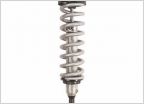 Strut / Coil Spring / Mount Assembly Brands
Strut / Coil Spring / Mount Assembly Brands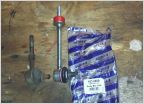 2000 PreRunner Extended Stabilizer bar links
2000 PreRunner Extended Stabilizer bar links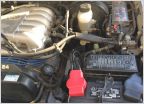 Battery Top Post
Battery Top Post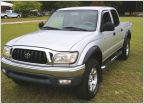 Light bar location...
Light bar location...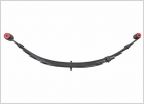 Pro Comp 5" lift leaf springs
Pro Comp 5" lift leaf springs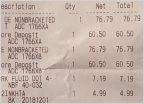 Tundra Brakes on '03 Tacoma
Tundra Brakes on '03 Tacoma
